IS036 - Methods for Coupling Black and Grey Box Solvers in Multi-Physics and Multi-Scale Problems
Keywords: coupling, partitioned
Numerous multi-physics and multi-scale problems can be solved in a partitioned manner by coupling two or more solvers, for the different physical phenomena and/or the different scales that contribute to the problem. Data are exchanged between the solvers at a shared contact surface if there is interaction between adjacent subdomains or even in the entire domain if there are physical interactions between different fields or scales in a single region. In both cases, the shared data domains are further called the interface between the solvers. Examples are fluid-structure interaction (FSI), conjugate heat transfer (CHT), soil-structure interaction, coupling between three-dimensional and lower dimensional or lumped models in fluid and solid mechanics, coupling with a controller, coupling between flow and chemical reactions, coupling between volume-averaged and microscale physics, and many more.
The solvers that participate in the coupling need some communication features, but black box solvers then only send and receive data at the interface, while grey box solvers also allow some level of access to the internals of the solver, often facilitating the coupling. The solvers either execute each time step once or multiple times when using coupling iterations, typically stabilized and accelerated with (Aitken) relaxation or quasi-Newton methods. Furthermore, different discretizations or scales on both sides of the interface in general requires interpolation or another treatment.
This mini-symposium focuses on various aspects of coupling techniques to solve multi-physics and multi-scale problems, bringing experts together from various disciplines. Contributions are welcome related to new or improved techniques, stability analysis, convergence analysis, scaling analysis, parallel implementation, parameter sensitivities, performance analysis and comparison, time stepping schemes, sub-cycling, interpolation, best practice guidelines, software solutions, and advanced applications.

